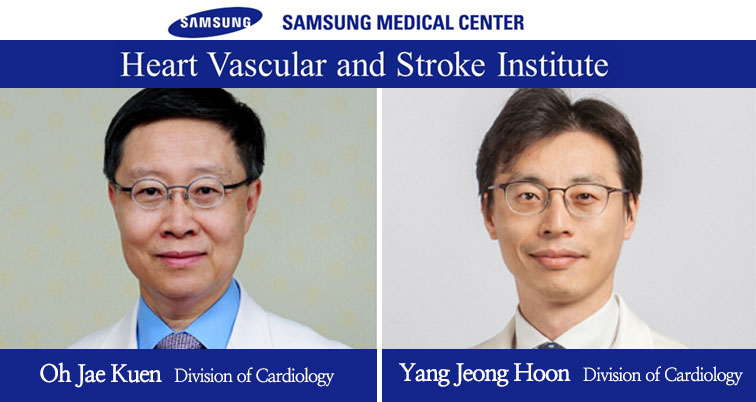RELATED Live.
- About us
- KIMA Members
-
KIMA Doctors
- All
- Anesthesiology
- artificial joint center
- Breast and Endocrine Surgery
- Breast cancer and thyroid cancer center
- Breast Surgery
- Cardiology
- Cardiothoracic Surgery
- Cerebrovascular Center
- Colorectal Surgery
- dental and maxillofacial surgery
- Dermatology
- Endocrinology
- Gastroenterology
- General Surgery
- Genito-Urology
- Hematology
- Hemato-oncology
- Infection Center
- Internal Medicine
- International Healthcare Center
- Korean Medicine
- liver center/Pancreas and billiary tract center
- Liver Transplantation
- Neurology
- Neurosurgery
- Obstetrics & Gynecology
- Ophthalmology
- Orthopedic
- Otorhinolaryngology
- Pediatric & Juvenile
- Pediatric Allergy and Respiratory Diseases
- Pediatric Gastroenterology
- Pediatric Neurology
- Pediatrics
- Physical Medicine & Rehabilitation
- Plastic & Reconstructive Surgery
- plastic surgery
- Pulmonology
- Radiation oncology
- Rheumatology
- Thyroid & Endocrine Surgery
- Urology
- Vascular Surgery
- KIMA News
- KIMA Live
- Community
KIMA NEWS

The introduction of a “new index” that can be used to predict the pericardium removal surgery effects in patients with constrictive pericarditis received much attention of cardiologists all over the world.
The research team of Prof. Jae Kuen Oh and Prof. Jeong Hoon Yang of the Division of Cardiology in Heart Vascular and Stroke Institute at SMC followed up 113 patients who received pericardium removal surgeries because of constrictive pericarditis between 2005 and 2013 and published a paper in the latest issue of Journal of the American College of Cardiology (IF 18.639).
Although the most definitive treatment for constrictive pericarditis is to remove the pericardium that has caused inflammation through surgery, it is difficult to choose a patient who is appropriate for surgery because of its high risk.
The research team measured the pressure of the right atrium through the right heart catheterization by inserting a catheter into the right heart as well as the wedge pressure of the pulmonary artery, which is a passageway and sends blood from the right ventricle to the lung. The pulmonary artery wedge pressure is a major index that represents the function of the left ventricle that sends blood from the heart to every part of the body.
As a result, the right atrium pressure (RAP) divided by the pulmonary artery wedge pressure (PAWP) was directly proportional in the pericardium thickness of patients who received the removal surgeries. As the RAP/PAWP value was higher, the pericardium was harder, which means that the heart had a relaxation problem in receiving blood.
Using these results, the research team studied the long-term survival rate by dividing the patients into two groups based on the median value of RAP/PAWP, 0.77: a group of 56 patients whose RAP/PAWP value was greater than 0.77 and another group of 57 patients whose RAP/PAWP value was lower than 0.77.
During the follow-up period of 10 years, the long-term survival rate in the group with the higher RAP/PAWP value was higher than the group with the lower RAP/PAWP value.
This study was jointly performed with Mayo Clinic – one of the world’s best heart hospitals.
RELATED Doctor
RELATED Members
Inquiry